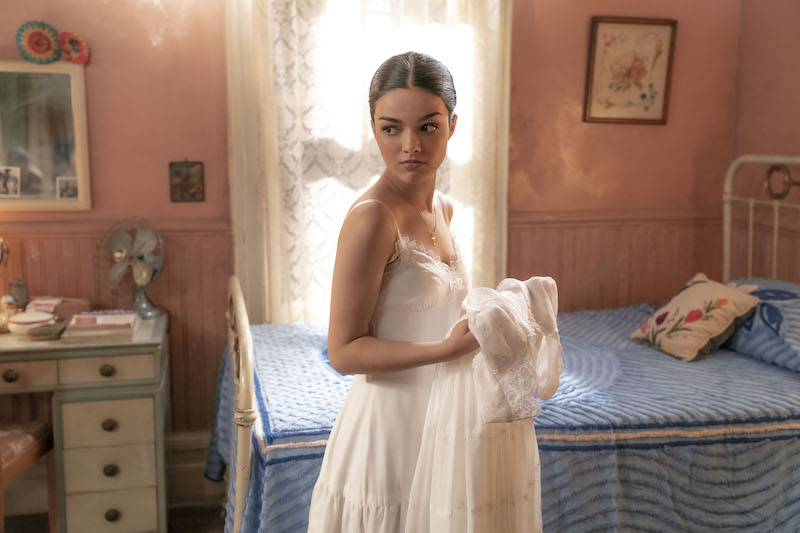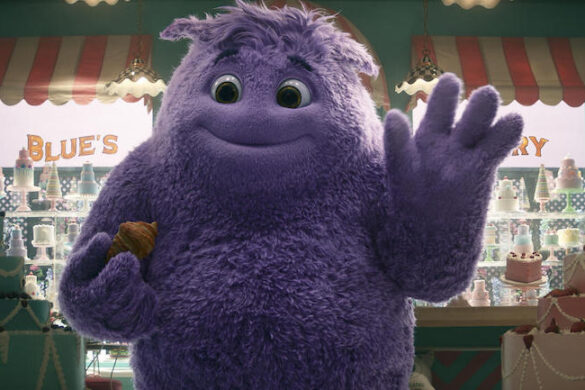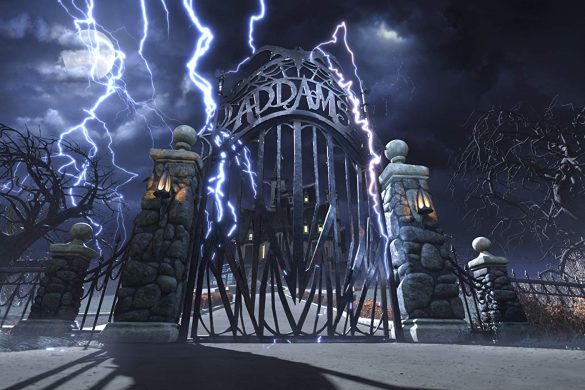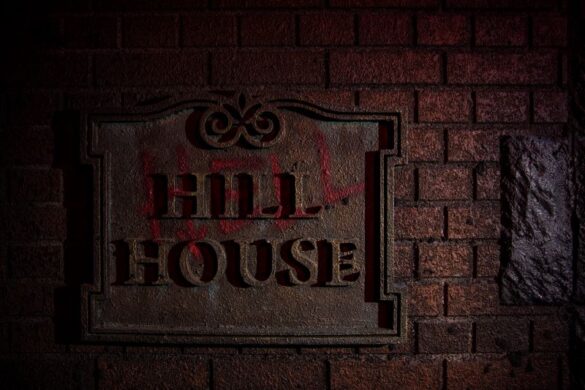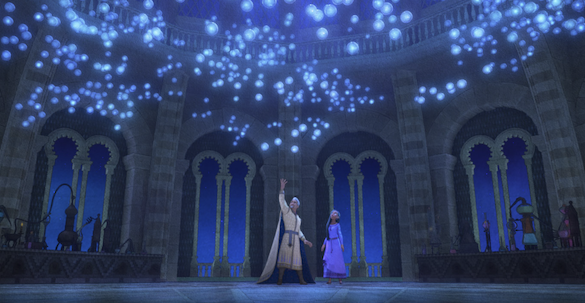Reimaging any beloved musical comes with a considerable amount of trepidation, especially when it comes to something like “West Side Story.” Yet, sixty years after the original was released, Steven Spielberg, using Tony Kushner’s script, takes the second-feature length adaptation of the stage musical of the same name to new heights. By weaving in social commentary and utilizing modern-day technology to beautify the storytelling and emphasizing the importance of on-screen representation, Speilberg’s “West Side Story” pays reverence to the original while also delivering a lovely eulogy to Stephen Sondheim.
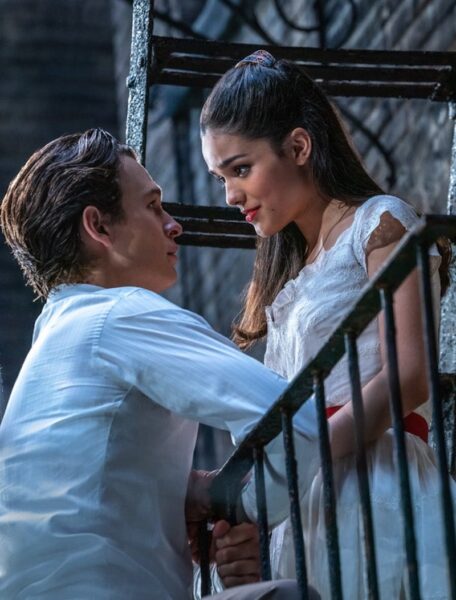
Based on the 1957 stage musical and the 1961 film adaptation of the same name, “West Side Story” follows two star-crossed lovers, Tony (Ansel Elgort) and Maria (Rachel Zegler), caught between rival street gangs of different ethnic backgrounds. The Sharks find themselves defending their Puerto Rican neighborhood as they are the subject of racism, discrimination, and hate from the Jets, the Police, and the white majority.
On the other side of that line are the Jets, a group of working-class teens of Irish, Italian, Polish and Jewish descent, all of whom antagonize their rivals and use their privilege and police bias to their advantage to criminalize the Sharks. And though the original 1961 film adaptation was considered a culturally, historically, and aesthetically significant film of its time, Spielberg’s iteration remains true to its spirit without having to whitewash or perpetuate any of those racial stereotypes that the original is guilty of.
As iconic as the original West Side Story film adaptation is, it fell short when it came to LatinX and Latine representation. The production was a product of its time as the cast that made up the Sharks was in Brownface. Even Rita Moreno – who has a role in the 2021 film- a Puerto Rican woman who was playing a Puerto Rican character- had to wear dark brown makeup. While much has changed for representation that marginalized people can finally see themselves in the characters that appear on screen. there is still a long way to go. But “West Side Story” takes one giant leap having a rich and diverse cast that is an authentic reflection of those characters, specifically the Sharks.
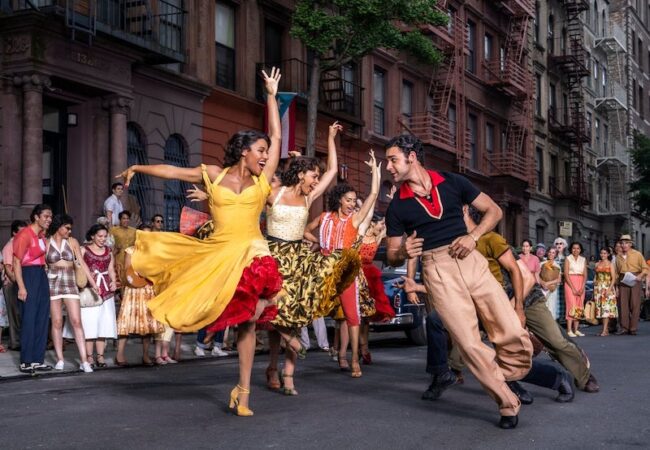
“West Side Story” may have been one of those beloved film musicals that didn’t need tan update because of its significance, but there was no doubt that it was due for a cultural overhaul that would respectfully portray Puerto Ricans. Having that diverse cast represented by Zegler, Ariana DeBose, and David Alvarez emphasizes the importance of being seen. And that is not just in skin color but also in the way the speak, what they wear, how they dance, and more.
These are just only a few of the tweaks that Spielberg and Kushner implemented. “West Side Story” also deals with gentrification, identity, and racial divisions. And the societal changes that contribute to a cultural erasure and the widening racial divide make the film even more relevant to today’s audience. So it was important that Spielberg create something that could speak to a larger audience while also acknowledging specificities.
And one of the other important tweaks made to the film was not to use English subtitles during the Spanish dialogue. Though there are times where it goes back and forth from English to Spanish, the lack of English subtitles adds a degree of authenticity to the immigrant and multigenerational story. It also adds more nuance to the racial tensions seen in the film as Lieutenant Schrank (Corey Stoll) demands that the Sharks speak English whenever they are in his presence.
Though “West Side Story” provides an updated social commentary for audiences unfamiliar with the title while staying true to the spirit of the source material for avid fans of the original film adaptation and stage musical, much of it hinges on the relationship between Tony and Maria. Unfortunately, in a film of this size and significance, Elgort’s performance leaves much to be desired. He hardly has any chemistry with his fellow castmates, and his singing doesn’t leave much of an impact.
Despite the unevenness of that relationship, Zegler is the one who take the film where it needs to be and then lift it even higher. Her incredible singing voice and youthful energy allows us to re-experience those childhood dreams, first loves, and the naivety of youth. Yet, at the same time, she brings in a degree of maturity that tells us she knows what is at stake when it comes to reimagining something as beloved as “West Side Story.” And when she sings “Tonight” with that immaculate voice, it instantly grabs you and doesn’t let go.
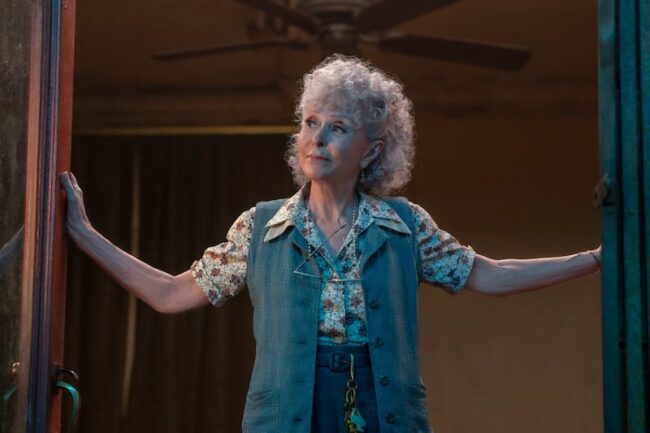
There are also several other standout performances to consider when watching this new iteration of “West Side Story.” Ariana DeBose who shines as Anita, a role that Rita Moreno played in the original film adaptation. She bursts with energy that allows her to pay homage to Moreno’s performance while still making it her own. The way that she draws everyone’s attention while also making the whole world stop as she sings “America” is just incredible. The exceptional camera work during that musical number showcases her talents and character ambitions while also energizing the community to dance alongside her.
Of course, one can’t talk about “West Side Story” without bringing up the legendary and iconic Moreno, who returns as Valentina, a local shop owner providing housing and a job to the newly paroled Tony. Though her screen time is limited, she works with the material she’s got and can still deliver a knock out performance as she did 60 years ago. But it is her deeply emotional take on “Somewhere” that will move you to tears.
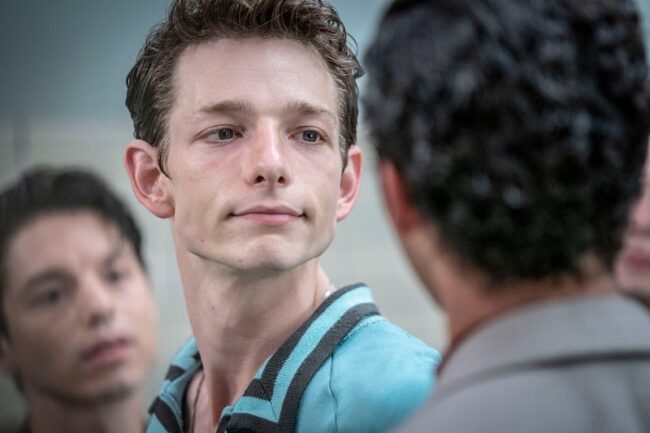
And then there’s David Alvarez and Mike Faist, both of whom give equally riveting performances as Bernado and Riff, respectively.
Janusz Kamiński’s lush cinematography and Adam Stockhausen’s production design creates a clear visual language that communicates many of the characters emotions and desires. The wide shots accentuate much of the physicality that comes with the dance choreography while also giving us a glimpse of the hustle and bustle of the NYC boroughs. Other wide shots give way to see the progression of the city through destruction. That couldn’t be truer in the opening one shot take of a city tearing down tenements to make way for a sparkling Metropolitan Opera House. And it is all the more surprising to see how it establishes the Jets as they come bursting from the underground with paint cans in each hand. Of course, fans of the original know what happens next.
“West Side Story” is a masterpiece that sweeps you off your feet with its reverence to the original, attention to the details, stunningly beautiful choreography, updated lyrics to those memorable songs, and absolutely standout performances from Zegler, DeBose, and Moreno. It may have taken Spielberg five years to finally get the film off the ground, but it is well worth the wait to see this new telling of a beloved classic take flight.
9/10
In theaters December 10.

